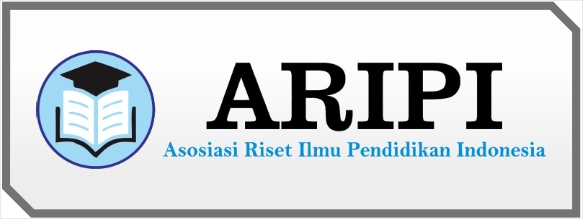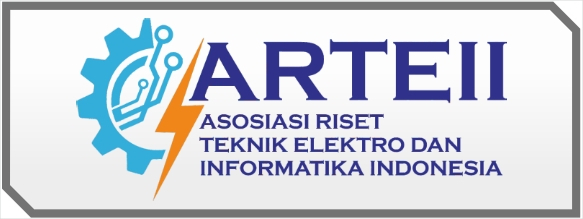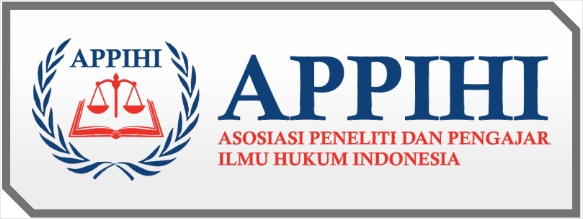Memodelkan Pertumbuhan Ekonomi Pada Pandemi Covid-19 Di Indonesia
DOI:
https://doi.org/10.55606/sinov.v5i2.708Keywords:
Economic Growth, Covid-19, Spatial Regression, and SAR.Abstract
The Covid-19 pandemic has a huge impact on economic aspects, one of which is economic growth. BPS Indonesia noted that in February 2021 Indonesia's economic growth contracted by 2.19% which could lead to an economic recession so it must be overcome by recognizing the factors that influence it. The economic growth of a region can also be influenced by the economic growth of other regions. Modeling the economic growth of each province in Indonesia needs to incorporate spatial effects into it. The purpose of this study is to model the factors that are thought to affect Indonesia's economic growth in the covid-19 pandemic using spatial regression analysis. The factors used are government consumption, domestic investment, exports, and public consumption. The results showed that the SAR model produced a smaller AIC value with the largest value, namely an AIC value of 876.87 and an value of 97.16%.
Downloads
References
Anselin, L. (1988). Spatial Econometrics: Methods and Models. Kluwer Academic Publishers.
Arif, A., Tiro, M. A., & Nusrang, M. (2019). Perbandingan Matriks Pembobot Spasial Optimum dalam Spatial Error Model (SEM) (Kasus : Indeks Pembangunan Manusia Kabupaten/Kota di Provinsi Sulawesi Selatan Tahun 2015). VARIANSI: Journal of Statistics and Its Application on Teaching and Research, 1(3), 66–76. https://doi.org/10.35580/variansiunm12895
Badan Pusat Statistik. (2021). Berita Resmi Statistik: Pertumbuhan Ekonomi Indonesia Triwulan IV-2020. https://www.bps.go.id/pressrelease/2021/02/05/1811/ekonomi-indonesia-2020-turun-sebesar-2-07-persen--c-to-c-.html
CNBC. (2022). Duh! Dunia Bakal Dilanda Krisis Utang, Negara Mana Korbannya? https://www.cnbcindonesia.com/news/20220210083214-4-314243/duh-dunia-bakal-dilanda-krisis-utang-negara-mana-korbannya/3
Gujarati, D. N., & Porter, D. C. (2009). Basic Econometrics (5th ed). McGraw-Hill/Irwin.
Hastuti, Y., & Sukartini, N. (2020). Model Laju Pertumbuhan Ekonomi Provinsi Maluku Menggunakan Analisis Spasial. Tahkim, XVI(1), 161–170.
Kinski, N., Tanjung, A. A., & Sukardi. (2023). Analisis Pengaruh Ekspor dan Impor Terhadap Pertumbuhan Ekonomi di Indonesia Tahun 2018 – 2022. Ganaya : Jurnal Ilmu Sosial Dan Humaniora, 6(3), 568–578. https://doi.org/10.37329/ganaya.v6i3.2498
Kutner, M. H., Nachtsheim, C. J., Neter, J., & William, L. (2005). Applied Linear Statistical Models. (5th ed). McGraww-Hill/Irwin.
Lee, J., & Wong, D. W. S. (2001). Statistical Analysis with ArcView Gis. John Wiley & Sons, Inc.
LeSage, J. P. (1999). The Theory and Practice of Spatial Econometrics. Departement of Economics University of Toledo. https://doi.org/10.2307/2553707
Nadzir, M., & Kenda, A. S. (2023). Investasi Asing dan Investasi Dalam Negeri : Pengaruhnya pada Pertumbuhan Ekonomi di Indonesia. JIMAT (Jurnal Ilmiah Mahasiswa Akuntansi ) Universitas Pendidikan Ganesha, 14(1), 317–328.
Nuryani, H. S., & Irawan, E. (2022). Analisis Faktor-Faktor yang Mempengaruhi Laju Pertumbuhan Ekonomi di Kabupaten Sumbawa Tahun 2011-2020. J-MAS (Jurnal Manajemen Dan Sains), 7(1), 44–48. https://doi.org/10.33087/jmas.v7i1.357
Salim, A., Fadilla, & Purnamasari, A. (2021). Pengaruh Inflasi Terhadap Pertumbuhan Ekonomi Indonesia. Ekonomica Sharia: Jurnal Pemikiran Dan Pengembangan Ekonomi Syariah, 7(1), 17–28.
Downloads
Published
How to Cite
Issue
Section
License
Copyright (c) 2023 Media Informasi Penelitian Kabupaten Semarang

This work is licensed under a Creative Commons Attribution-ShareAlike 4.0 International License.



















